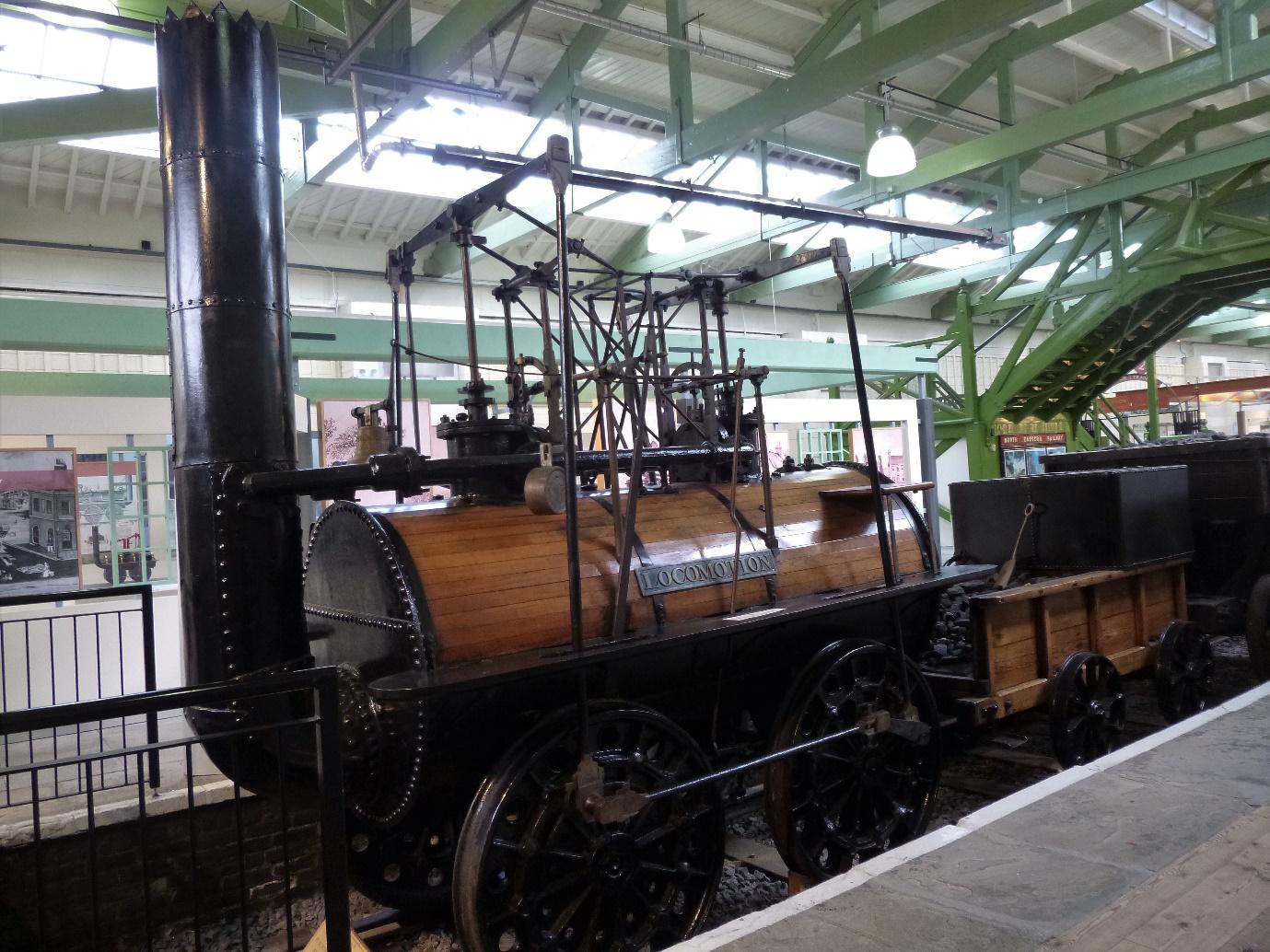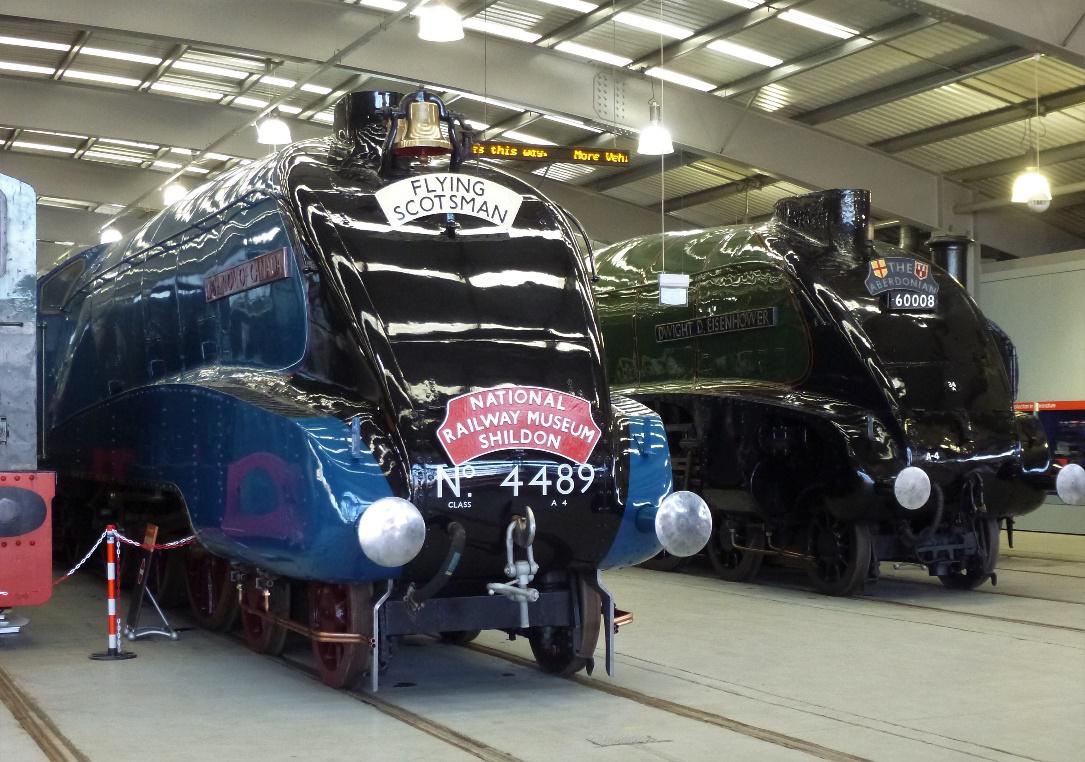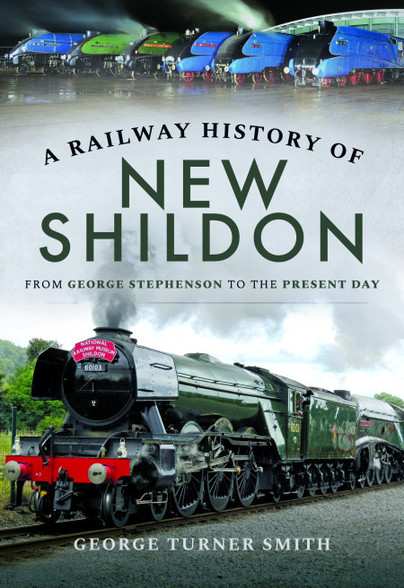Author Guest Post: George Turner Smith
For those who love railways 2025 is a special year. Two hundred years ago on the 25th September 1825 a train overloaded with passengers set out from Shildon in County Durham heading for Stockton on the River Tees. The engineer driving the train was already well established. He was George Stephenson, and the train’s guard was Timothy Hackworth; the man who had built to Stephenson’s design. The day was special because for the first time in history all the elements that make up the railways we know today had come together. Of course, there were railways before; the principle of a wheeled vehicle moving along rails had been established over centuries. Additionally, steam locomotives had also been around for more than 20 years: indeed, Timothy Hackworth had worked on two of those, Puffing Billy and Wylam Dilly, when he was Foreman Blacksmith at Wylam Colliery in Northumberland. Publicly owned railways which carried paying passengers had also existed for some time although those would be unrecognisable to modern eyes consisting as they did of short lengths of track and horse-drawn trams.

So, what made the Stockton and Darlington Railway (S&DR) special was that it carried both passengers and freight, used steam locomotives and was owned by shareholders. It was the brainchild of Edward Pease, a Quaker from Darlington who spotted the revenue potential in moving coal from previously isolated collieries in central Durham to docks on the River Tees as opposed to Tyneside.

He employed George Stephenson to survey and build the railway and supply the locomotives which Stephenson assured Pease represented the future of rail freight. Pease helped finance Stephenson’s locomotive factory in Newcastle from which his locomotive, ‘Locomotion’ (not, it should be pointed out, Rocket which came much later) emerged to front the first train out of Shildon. The world was watching, and the S&DR became the template for all that followed. Shildon, or more accurately New Shildon, became the world’s first railway town and had its own story to tell. Timothy Hackworth, recruited to run the railway, was the world’s first Railway Superintendent.

In consequence, 2025 is Shildon’s year. Timothy Hackworth’s former home near the location where the first train departed from the town is now a museum and part of the National Railway Museum who have two extensive railway collections in exhibition halls on land nearby. There are plans, still being worked out, for a variety of S&DR associated activities in the towns of Stockton, Darlington and Shildon in September, with working steam locomotives on display, particularly at the NRM site at Shildon. It seems appropriate that Shildon is at the centre of these since for many years it was the railway centre of the world.


Order your copy here.

